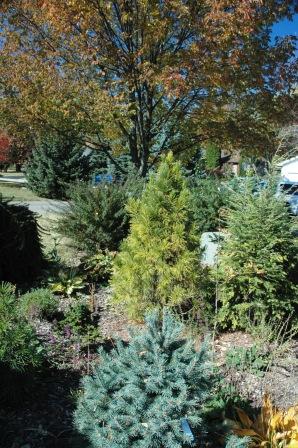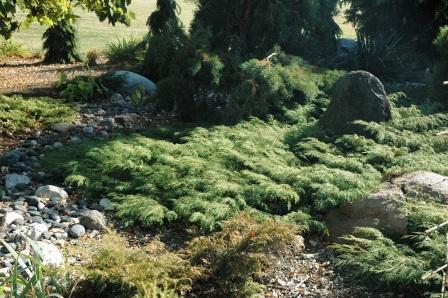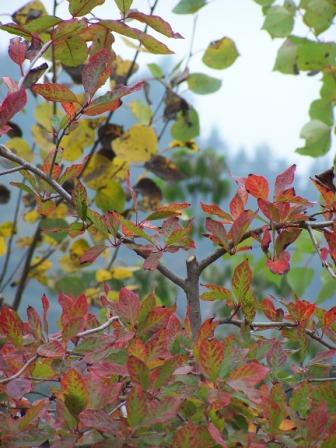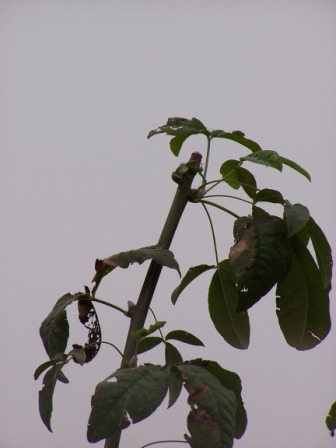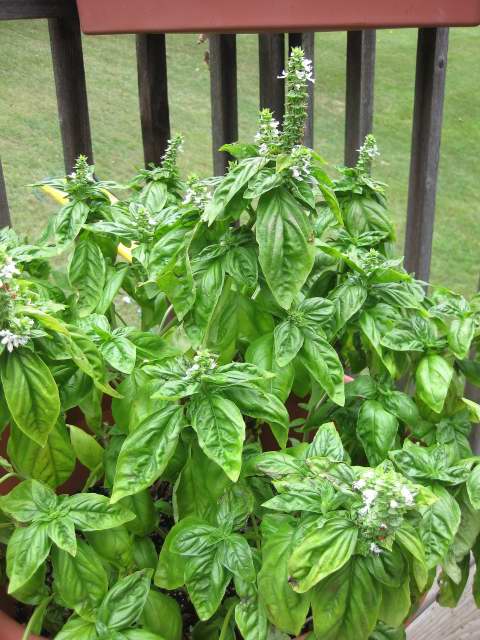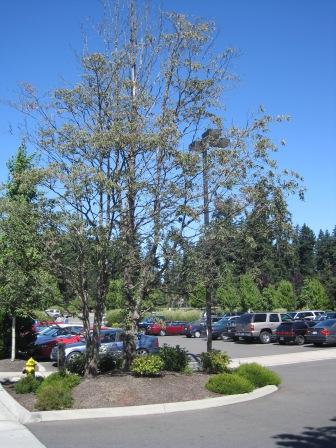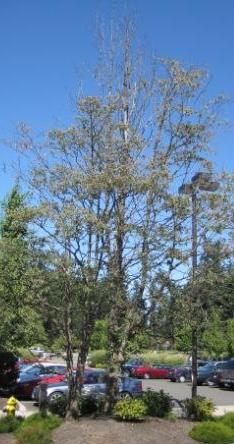I noted in my Sept. 22, 2009 post on the threat posed to ash trees in the Midwest by the emerald ash borer (EAB), and included photos of the famous grove of 500 ash trees surrounding the Gateway Arch in St. Louis. I was in St. Louis that summer for the ASHS meeting and saw that the National Park Service was planting trees from a variety of species around the monument. I assumed at the time that the Park Service was preparing for the eventual loss of the ashes to EAB. Boy, did I get a wrong number.
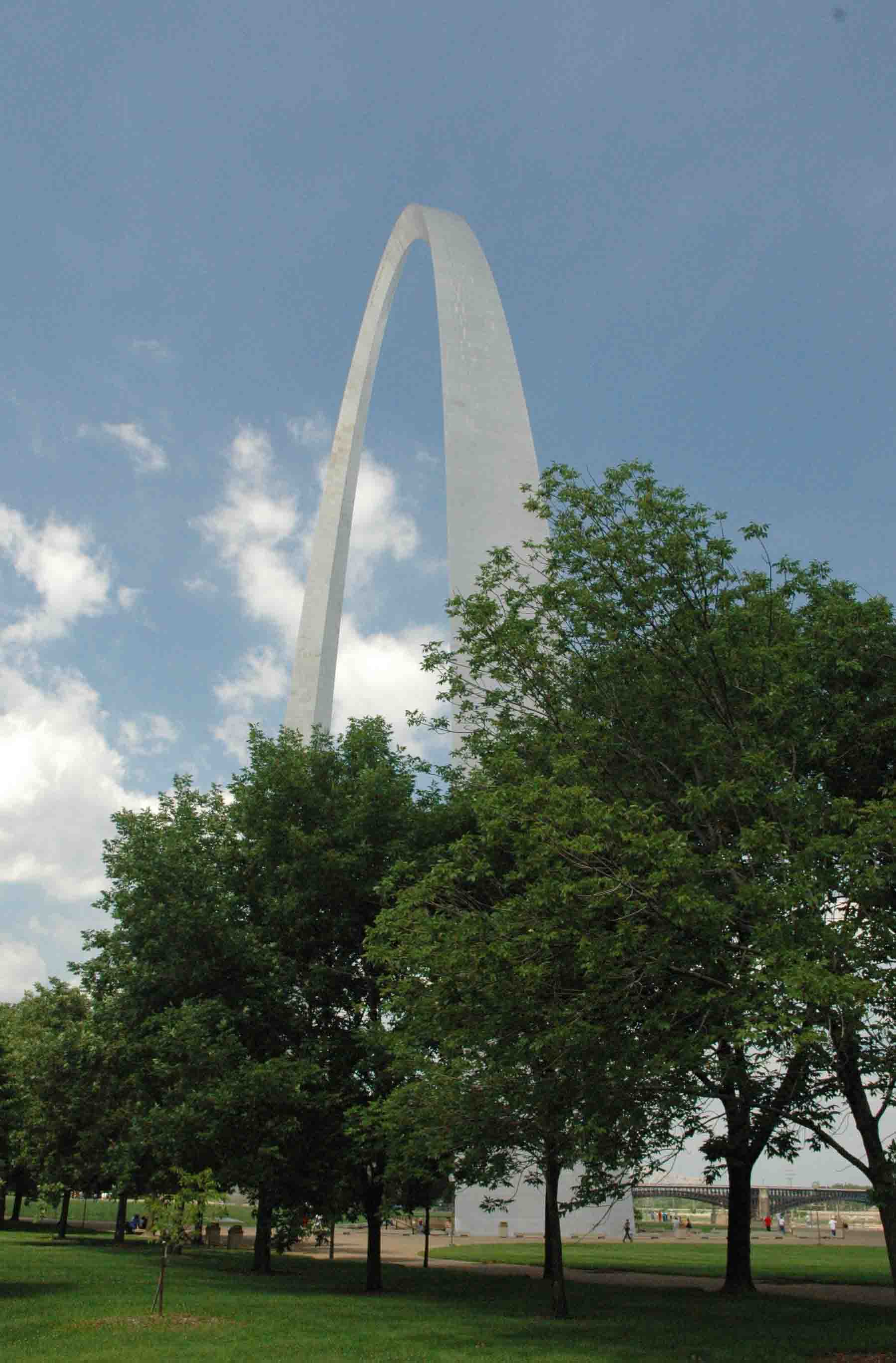
Last week my former grad student, Sara Tanis, alerted me to an article from the St. Louis Post-Dispatch. The Post-Dispatch reports that with the destruction of the grove of ash trees looming, the National Park Service has contracted with a Los Angeles-based landscape architecture firm to replace the monoculture of ash trees with, I am not making this up, a monoculture of linden trees. I’ve heard that the definition of insanity is to keep doing the same thing and hoping for a different result. Apparently the landscape architects that are drawing up these plans have never seen what Japanese beetles do linden trees. Oh, that’s right; the L.A.’s are in L.A.
The article is available on-line if you can stomach it. http://www.stltoday.com/news/local/metro/article_1e65095d-96ae-507a-acda-574d9f54a73b.html
On the bright side, since this is a Federal project it will likely move forward at glacial speed and will require public input. Here’s hoping the Park Service gets an earful and common sense will prevail.










